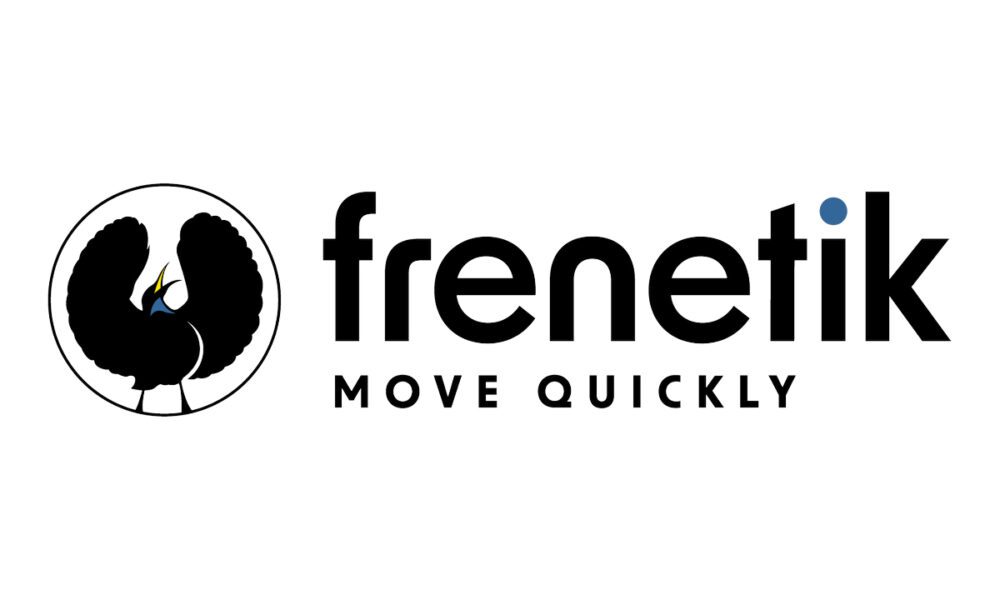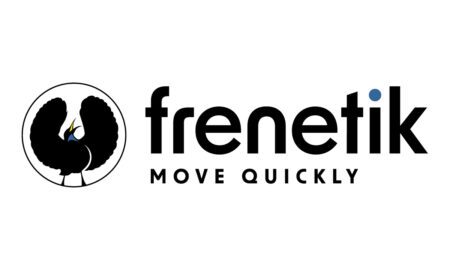In a climate where innovation moves faster than regulation and global capital flows reshape industries overnight, structuring business deals demands a more sophisticated, multi-dimensional approach than ever before. Today, entrepreneurs face increased scrutiny from investors, strategic partners and regulatory bodies—all of which influence the design and durability of an agreement. The following strategies offer a framework for approaching business transactions with clarity, discipline and adaptability.
Establishing Strategic Alignment
Business transactions frequently succeed or fail based on whether the parties involved have a clear understanding of mutual objectives. Effective deal structuring begins with a thorough analysis of the strategic priorities, risk tolerance and operational constraints of each participant. These elements form the basis for determining whether a transaction should prioritise control, liquidity, market access or long-term collaboration. Thus, a structured approach to this early stage promotes alignment equally on terms and expectations over the lifecycle of the deal.
Exploring Resources to Structure a Winning Business Deal
Effective dealmaking requires more than instinct—it depends on access to analytical frameworks, legal tools and competitive intelligence. Resources that assist those seeking to structure a winning business deal, such as detailed templates, term benchmarks and strategy guides, can support dealmakers in adapting to oscillating conditions across funding, partnership and acquisition scenarios. Ergo, with the right tools, decision-makers can navigate the complexities of a deal from concept to close.
Deploying a Rigorous Business Deal Strategy
Incorporating a defined business deal strategy at the outset enables better scenario planning and resource allocation; this involves setting negotiation parameters, outlining decision-making hierarchies and identifying which trade-offs are acceptable. Dissimilar to reactive bargaining, strategic dealmaking leverages information asymmetry, timing and external conditions—such as market sentiment or competitor activity—to mould favourable outcomes. Deal modelling tools, term sheet simulations and sensitivity analysis can also support better forecasting during this phase.
Designing for Value Beyond Capital
Effective deal structures involve more than financial exchange; long-term value often lies in shared capabilities, innovation pipelines or strategic distribution. In 2023, Microsoft and OpenAI expanded their partnership through a multiyear, multibillion-dollar agreement that went beyond equity. Alongside a reported $10 billion investment, Microsoft secured exclusive rights to commercialise OpenAI’s models and integrate them into Azure. This blend of capital and technical integration aligned both firms around cloud and AI strategy, accelerating Microsoft’s innovation while expanding OpenAI’s enterprise reach.
Approaching Investor Negotiation with Precision
Investor negotiation occupies a central position in early and growth-stage funding rounds. The structuring of investor rights—including anti-dilution provisions, information rights and liquidation preferences—must be carefully calibrated equally to protect founders and funders. A frequent point of divergence arises around board composition and control mechanisms, particularly in later stages. To navigate this, deal teams often employ staged funding models with milestone-based disbursements, which balance investor oversight with operational autonomy. Here, objective valuation methodologies and transparent term benchmarking are also instrumental in maintaining productive discussions.
Evaluating Contemporary Startup Funding Mechanisms
Shifts in capital markets have introduced greater diversity in startup funding vehicles. Instruments such as SAFEs, convertible equity and revenue-share models have gained traction in capital-light and innovation-heavy sectors. Each option brings unique implications for dilution, timing of conversion and valuation caps—founders evaluating these structures should consider how downstream investors will interpret existing instruments during future raises. In particular, convertible debt with uncapped terms can introduce complications if not aligned with market-based valuation expectations.
Applying M&A Tips to Transaction Planning
For growth-stage firms, mergers and acquisitions represent not only an exit route but a pathway to accelerated capability development. Effective M&A tips extend beyond financial due diligence to include operational integration planning, cultural compatibility and alignment on technology architecture. For instance, during the acquisition of a mid-market analytics firm by a global enterprise software company, emphasis was placed on integrating engineering teams and harmonising product roadmaps before closing. This allowed for smoother post-deal execution and minimised disruption to existing client accounts.
Understanding How to Close a Deal Effectively
Finalising a transaction involves translating months of negotiation into legally binding terms, operational handoffs and formalised governance. Knowing how to close a deal effectively includes preparing for contingent liabilities, transitional service agreements and regulatory approvals—precision at this stage reduces the likelihood of post-closing disputes and supports continuity. Third-party advisors—including legal counsel, accounting firms and specialist consultants—are often critical in managing disclosure schedules and facilitating clean execution across jurisdictions.
Precision, Adaptability and Long-Term Thinking
Modern business deals demand more than negotiation skill; they require a disciplined blend of strategic foresight, legal fluency and market awareness. Thus, structuring an agreement that serves as a growth catalyst and a risk mitigator involves deep attention to detail and proactive planning. Between pursuing investor partnerships, preparing for acquisition and entering new markets, the quality of the deal structure often defines the sustainability of the business model itself.





























